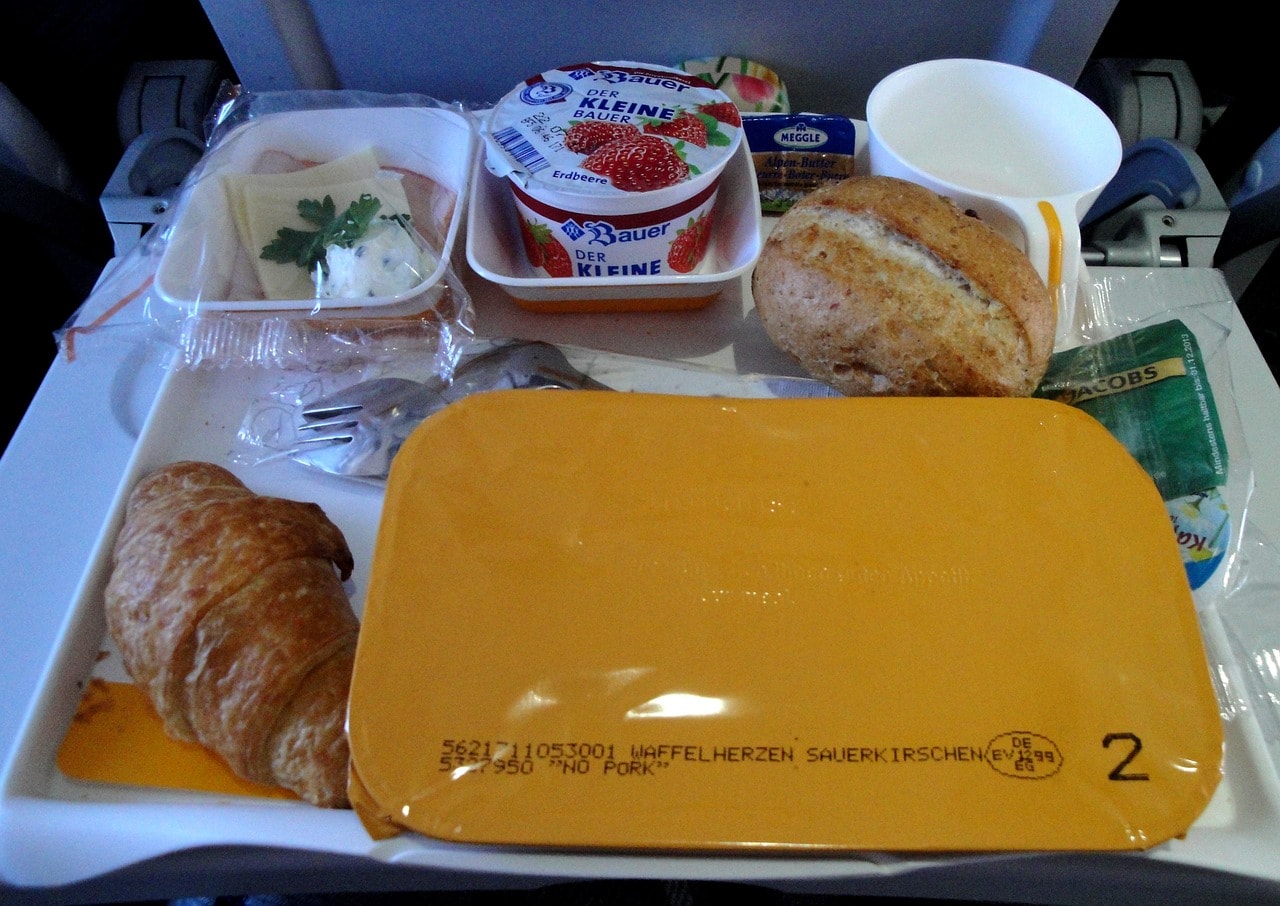How To Eat Healthier Up In The Air
Airplane foods are notoriously salty and full of sugar. Our taste buds lose the ability to distinguish between different tastes when we are airborne, so many airline catering companies are trying to compensate by making the food feel more wholesome in our mouth. Well, wholesome in the way of a greasy fast food burger pumped full of strange additives that you can’t even properly spell. There are airlines offering healthy food alternatives, but usually, these are served in Business Class because they are more expensive for the company to order and distribute in the cabins. In this blog post, we’ll offer a few ideas on how to eat and drink in a more healthy fashion when you are sitting on your plane seat.
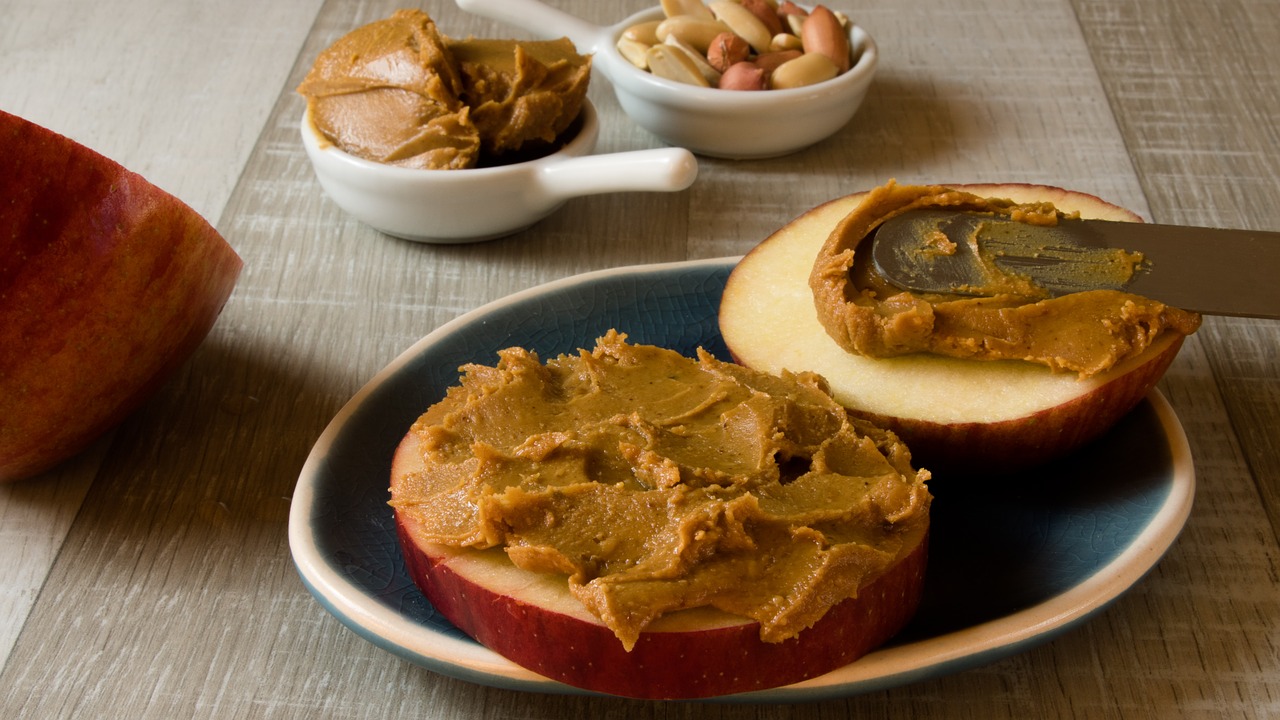
Pack your own snacks
Many people are afraid to pack their own lunch because of tight airport regulations concerning liquids. For example, bringing a 250 ml yoghurt is out of the question as the fermented milk product is regarded as a liquid even if you know that it has the consistency of a cream cheese. But don’t worry about taking any solid snacks with you. Anything from granola bars and sandwiches to sushi and pizza get a green light when you go through the airport security. Sometimes cakes and strange-looking food items might earn you an additional security check, but if it’s not liquid nor something explosive, you won’t have any problems. Packing your own snacks is an especially good idea when you are confronted with the reality of flying a low-cost airline for more than two or three hours. Chances are that you are going to get hungry, so having a few healthy snacks with you will not only benefit your well-being but will also save you a few euros on the expensive onboard cafe menu.
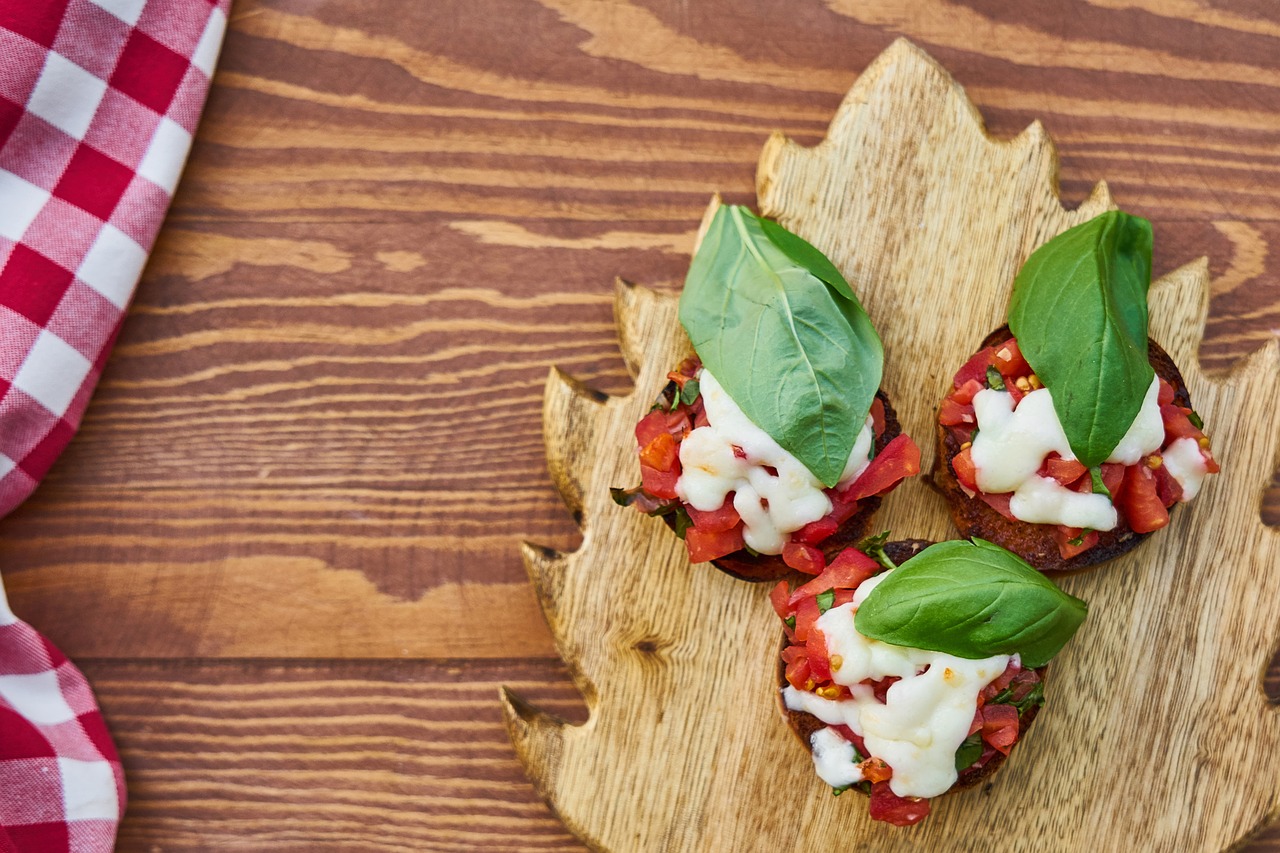
Look for a health food outlet
Let’s be real: you won’t always have the time to make or pack your own snacks. You are already at the airport and after passing a long security line you feel your stomach growling. Where’s the food? Most people will find the nearest cafe or deli in the airport and buy something for eating right now while picking a few things to take on board as well if it’s a longer flight. Nowadays it’s a good idea to walk around a bit at the airport and see what the options really are. Many bigger airports have stands offering healthy food options like fresh salads, protein-rich wraps, and smoothies. Before making your way into Burger King, ask from the customer information point for healthier options or just use your smartphone to locate the all the nearest food outlets.
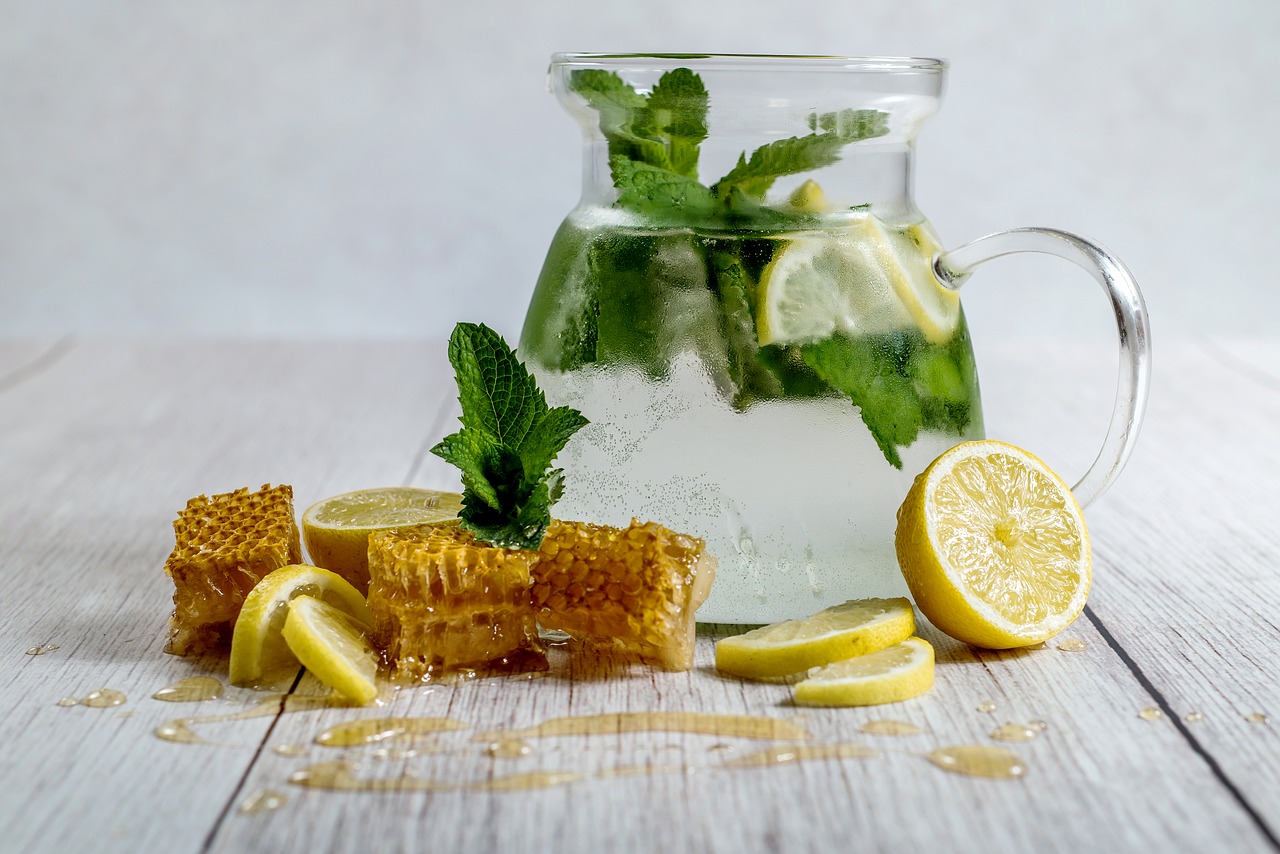
Watch your water (and alcohol) intake
Hydration is one of the most important topics when it comes to feeling good 11 kilometres from the ground. Airplanes don’t have a high humidity, which means that you’ll keep losing water as your body rehydrates the drying skin and mucous membranes. You should start drinking a bit more water way before actually boarding the flight. Also, flying long-distance usually means free water served throughout the flight: take an advantage of this opportunity to refresh your body and rehydrate your cells. While complimentary wine and beer might sound really good to you, don’t forget that alcohol is one of the culprits when it comes to dehydration. The same goes for coffee, so opt for a herbal tea or water instead whenever you can.
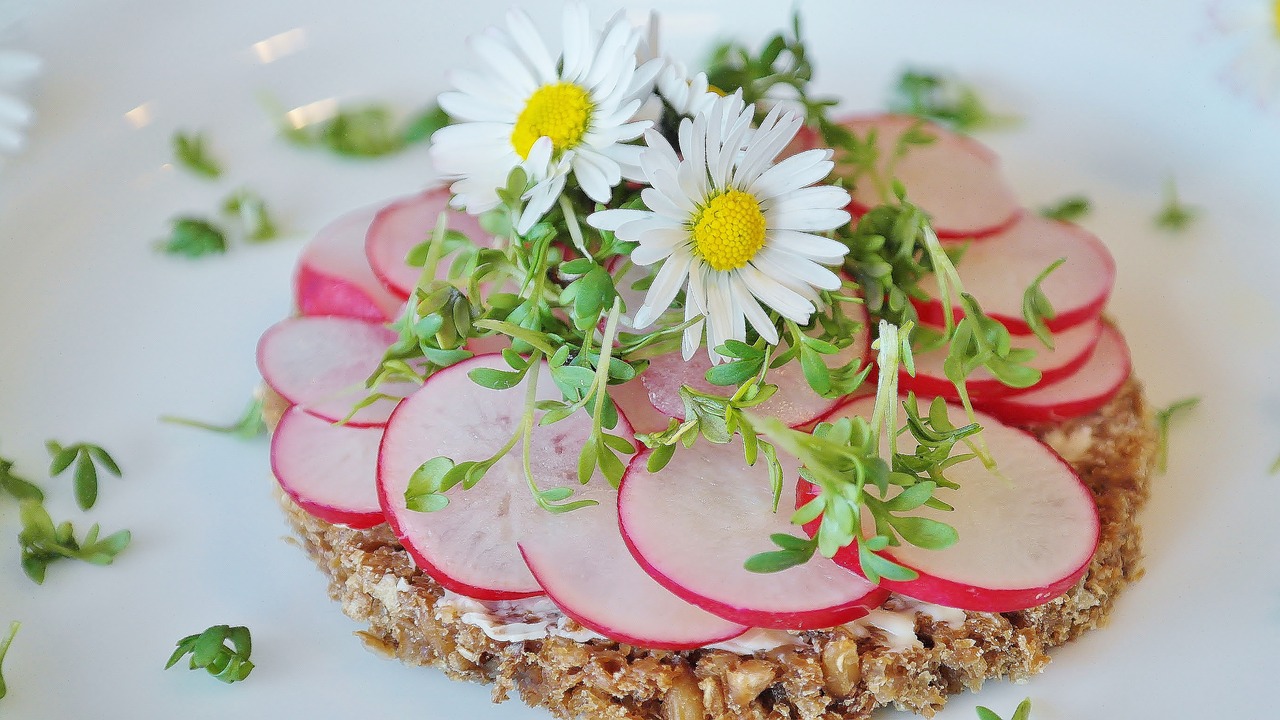
Opt for nutritious foods
Sugars and refined carbohydrates will be passed quickly through your system, leaving you craving for more and more. It’s better to pick foods that are high in lean protein (you don’t want to get a load of animal fats in your body). Whole grains are a good choice too. Foods containing a lot of fibre will keep you full for longer, lowering the risk of getting serious hunger pangs and energy fluctuations. If you have a shorter flight, it’s a smart thing to eat some oatmeal an hour before boarding. You’ll fill your stomach with a nutrient-dense food and won’t instantly get hungry when airborne.
